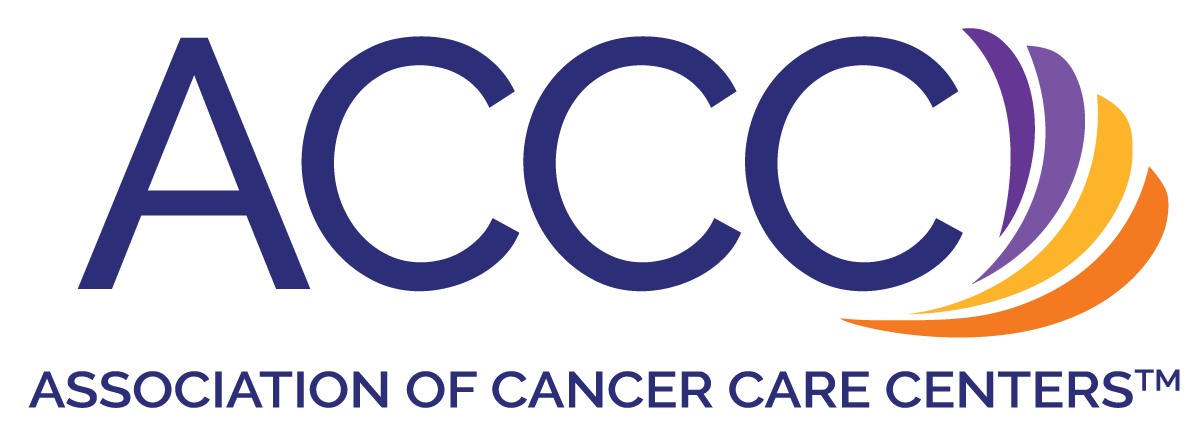
ChristianaCare’s Debra Delaney on How Primary Care Influences Oncology Care

It’s important that patients are the healthiest they can be when going into treatment for cancer, emphasized Debra Delaney, MSN, FNP-BC, primary care nurse practitioner at ChristianaCare’s Helen F. Graham Cancer Center & Research Institute.
It’s important that patients are the healthiest they can be when going into treatment for cancer, whether that be chemotherapy, radiation, or surgery, emphasized Debra Delaney, MSN, FNP-BC, primary care nurse practitioner at ChristianaCare’s Helen F. Graham Cancer Center & Research Institute.
Today, on day 2 of the
Transcript
What are some noteworthy ways in which primary care outcomes may influence cancer-related outcomes?
In primary care, we are looking to have the healthiest patient we can. We want patients to get the most out of life in a healthy way. So by controlling their hypertension or high blood pressure, by controlling their diabetes, and getting their respiratory—maybe they have asthma, maybe they have COPD [chronic obstructive pulmonary disease]—if we can get their respiratory disorders under control, that will help to give them a great healthy life. And so in oncology, it’s along the same lines: You want patients in the healthiest state going into chemotherapy or radiation or surgical treatment.
How has ChristianaCare’s program of embedding a primary care provider in its cancer clinic evolved, and what are your next steps?
This is a wonderful program. When we started off in January of 2021, within 6 months, we had 70 referrals. It’s been amazing. It’s an amazing journey. Patients do not have primary care providers, and they have difficulty establishing with a provider who takes their insurance or is close to them, for any number of reasons. And so we have had many referrals; as I said, 70 in the first 6 months. We’re close to 240 at this point. We reach out to them, we get them established, we start to manage their care and transition them to a community primary care provider.
Initially, we started out by saying you need to have an active cancer diagnosis; however, we realized we were missing out on a great group of people who are being referred to the cancer center because they have a suspicious finding or something unusual in their lab work. And those patients don’t have a primary care provider, what are they supposed to do? So by referring them to me, I can get them started. Even if they don’t have any other health issues like high blood pressure, I can be there for them and get them on their preventative health care journey.
Newsletter
Stay ahead of policy, cost, and value—subscribe to AJMC for expert insights at the intersection of clinical care and health economics.









































